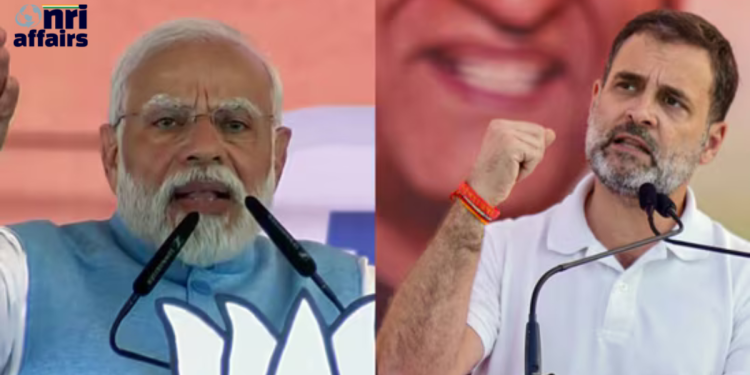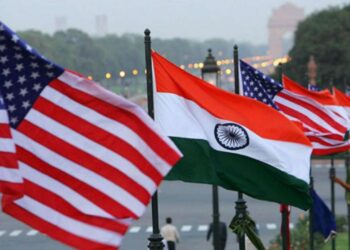The culmination of the 2024 Lok Sabha election result has seen all seats declared, unveiling a decisive outcome that will shape India’s political landscape for the coming years. As the dust settles on the electoral battlefield, it’s time to delve into the results and discern which parties emerged victorious in this high-stakes contest.
The culmination of weeks of fervent campaigning and intense political maneuvering, the election results paint a vivid picture of the Indian electorate’s preferences and aspirations. With every constituency accounted for, it’s now possible to ascertain the distribution of seats among the various political parties vying for power.
The National Democratic Alliance (NDA), led by the Bharatiya Janata Party (BJP), has emerged as the frontrunner in this electoral showdown. Securing a substantial mandate, the NDA has clinched a significant number of seats across the country, consolidating its position as a formidable force in Indian politics. This victory underscores the electorate’s preference for the NDA’s governance agenda and leadership.
Meanwhile, the INDIA bloc, comprising a diverse coalition of opposition parties, has put up a spirited fight, making significant inroads in several key battlegrounds. Led by the Rashtriya Janata Dal (RJD) and other regional heavyweights, the INDIA alliance has succeeded in garnering a considerable share of the electoral pie.
The election result of the 2024 Lok Sabha have delivered a clear verdict, reshaping the political landscape of India in significant ways. With all seats declared and the stage set for government formation, the nation stands at a critical juncture, poised to embark on a new chapter in its democratic journey.
The BJP, campaigning under Modi’s leadership, secured victories in 240 seats, falling short of the 272-majority mark required for independent governance. Instead, the party would rely on allies within the NDA for coalition formation, a notable difference from its 2019 and 2014 performances of 303 and 282 seats, respectively.
Key allies such as N Chandrababu Naidu’s Telugu Desam Party (TDP) and Nitish Kumar’s JD(U), winning 16 and 12 seats in Andhra Pradesh and Bihar, respectively, alongside other coalition partners, bolstered the NDA beyond the halfway threshold.
In contrast, the Congress, a member of the opposition INDIA bloc, secured 99 seats, a notable increase from its 2019 tally of 52, particularly making gains in Rajasthan and Haryana, chipping away at the BJP’s stronghold.
With 37 seats in Uttar Pradesh, the Samajwadi Party buoyed the INDIA bloc’s spirits, while the Trinamool Congress (TMC), another pivotal opposition member, claimed 29 seats in West Bengal, surpassing its 2019 performance of 22 seats. Conversely, the BJP, previously holding 18 seats in the state, saw a reduction to 12.
In the aftermath of the election results, attention now shifts to the next phase of the political process: government formation. With the contours of the new Lok Sabha taking shape, parties will soon engage in coalition negotiations and horse-trading to cobble together a viable government.
The role of regional parties assumes particular significance in this scenario, as their support can often prove decisive in determining the composition of the ruling coalition. From Uttar Pradesh to Tamil Nadu, regional power brokers hold the key to the political puzzle, wielding influence far beyond their geographical boundaries.
Amidst the post-election fervor and speculation, one thing remains certain: the mandate of the people must be respected, and the democratic process upheld. As political leaders converge in the corridors of power to chart the course ahead, they must remain mindful of the trust placed in them by millions of voters across the country.
In a decisive turn of events, the 2024 Lok Sabha election result has reshaped India’s political landscape significantly. With the declaration of all seats and the imminent formation of the government, the country stands at a crucial juncture, ready to embark on a new chapter in its democratic journey.











